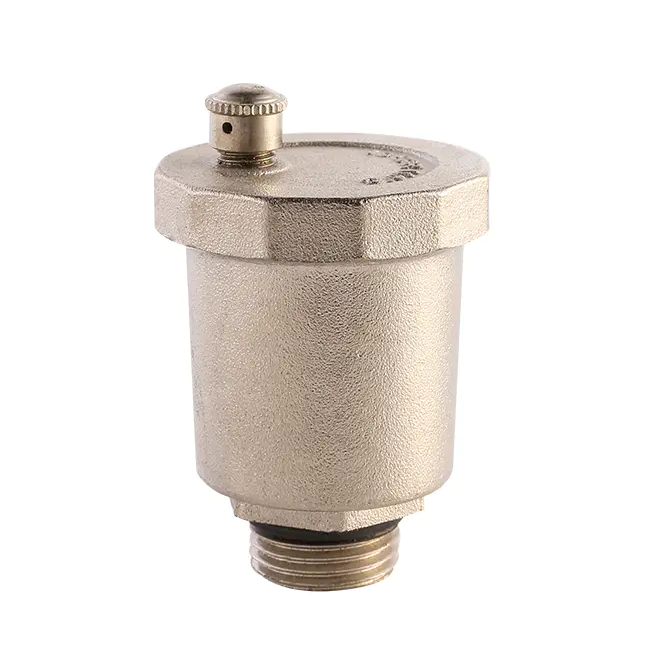Why Every Plumbing System Needs an Air Vent Valve?

In today’s residential, commercial, and industrial environments, managing the efficiency and safety of plumbing and heating systems is more important than ever. One component that plays a quiet but essential role in these systems is the air vent valve. Though it may appear simple, this device contributes significantly to the overall performance and durability of various fluid-based systems.
An air vent valve is designed to release unwanted air from pipelines, heating systems, and water supply networks. Air naturally finds its way into these systems during installation, maintenance, or operation. If left trapped, air can lead to issues such as noisy pipes, irregular heating, decreased system efficiency, and, in some cases, even corrosion over time.
The main function of an air vent valve is to automatically or manually expel these air pockets, ensuring that fluids like water or heating oils flow smoothly without interruption. By maintaining continuous circulation and balanced pressure levels, these valves help reduce the strain on pumps and other system components, contributing to consistent performance and longer system life.
Modern air vent valve designs come in various configurations, including automatic and manual types. Automatic air vent valves are widely used in closed-loop heating systems, such as radiators and underfloor heating, where constant removal of air is necessary for efficient operation. Manual versions are typically used in systems where occasional air release is sufficient or where more control is preferred.
Besides their technical advantages, air vent valves also enhance safety within fluid systems. Excess air can lead to uneven pressure distribution, which may compromise the system’s stability. By regularly releasing trapped air, these valves help maintain balanced operating conditions, minimizing the risk of sudden pressure surges or component wear.
From a maintenance perspective, air vent valves offer a straightforward solution to what could otherwise be time-consuming problems. Their compact size and simple mechanism make them easy to install, check, and replace if needed. Many current models feature corrosion-resistant materials like brass or stainless steel, ensuring reliable function in various conditions, whether exposed to hot water, steam, or other fluids.
As sustainability and energy efficiency become priorities in building management, air vent valves play a supporting role by keeping systems operating at peak performance. By eliminating air-related inefficiencies, they help conserve energy and reduce operational costs over time. In large-scale applications, such as commercial heating systems or multi-story residential complexes, the cumulative effect of efficient air venting can be substantial.
In conclusion, while often overlooked, the air vent valve remains an important part of modern plumbing and heating systems. It supports steady operation, protects system components, and contributes to safer, more energy-efficient environments. Whether in a compact home radiator setup or a complex industrial network, this modest device consistently delivers practical value.
- Art
- Causes
- Crafts
- Dance
- Drinks
- Film
- Fitness
- Food
- Jocuri
- Gardening
- Health
- Home
- Literature
- Music
- Networking
- Alte
- Party
- Religion
- Shopping
- Sports
- Theater
- Wellness


